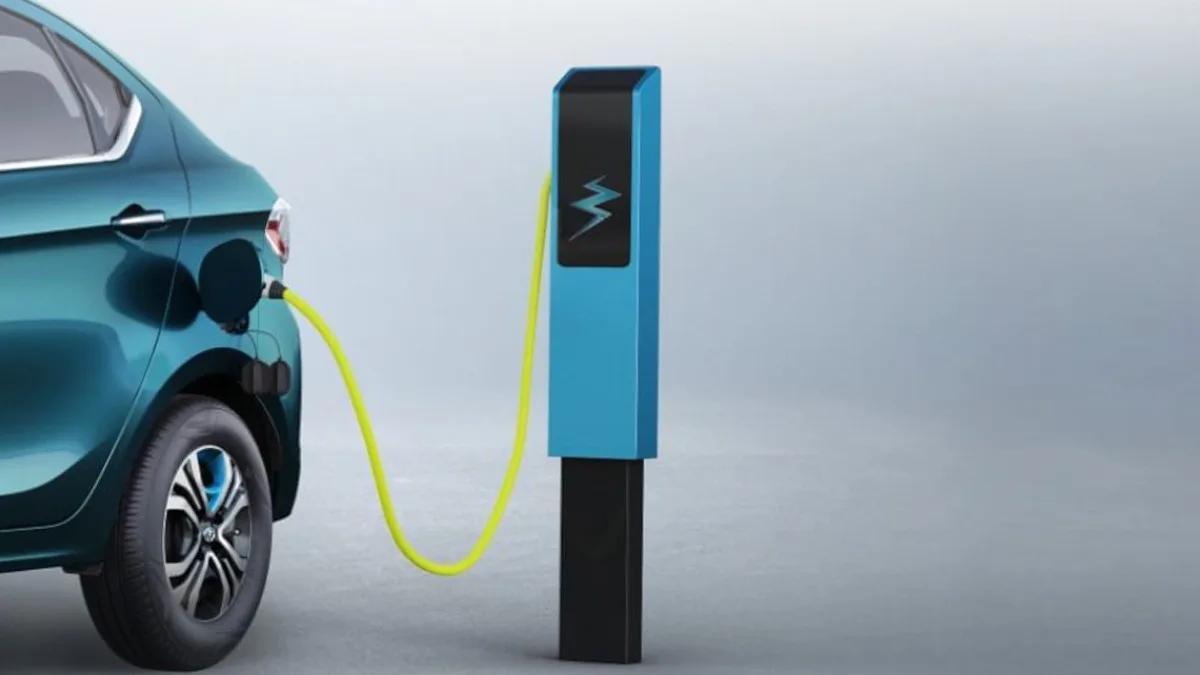
In a groundbreaking move towards a greener future, Canada is set to make a historic announcement this week, signaling a pivotal shift in its automotive landscape. According to a senior government source, the nation is gearing up to introduce the Electric Vehicle Availability Standard, a regulation that mandates all new cars to be zero emissions by the year 2035. This strategic initiative aims not only to bolster the country’s commitment to sustainability but also to address supply concerns and reduce wait times for electric vehicles, aligning with the global push for electrification.
The Electric Vehicle Availability Standard: Paving the Way for a Sustainable Tomorrow
The forthcoming regulation, dubbed the Electric Vehicle Availability Standard, is poised to revolutionize the Canadian automotive industry. By compelling automakers to produce zero-emission vehicles, this standard is set to play a crucial role in reshaping the consumer landscape and steering the nation towards a more sustainable future. The move comes in the wake of similar initiatives in the provinces of British Columbia and Quebec, where regulated sales targets have already been implemented, providing a glimpse into the future of Canadian automotive preferences.
Setting Ambitious Targets: A Roadmap to 2035
The heart of the Electric Vehicle Availability Standard lies in its ambitious targets for the adoption of zero-emission vehicles. As per the undisclosed source, these targets dictate that by 2026, 20% of all new car sales must be zero-emission vehicles. This percentage is set to soar to 60% by 2030, culminating in a monumental 100% mandate by 2035. The stringent yet forward-thinking approach ensures a phased transition towards a fully sustainable automotive landscape, mitigating the environmental impact of conventional vehicles.
A Closer Look at Zero-Emission Vehicles
Zero-emission vehicles, encompassing battery electric, plug-in, and hydrogen models, are at the forefront of this automotive revolution. With the new regulations emphasizing their pivotal role, consumers can expect an increasing array of environmentally friendly options. This includes electric vehicles that derive their power solely from batteries, plug-in hybrids combining electric and traditional combustion engines, and innovative hydrogen-powered models—all contributing to the overarching goal of reducing carbon footprints.
International Perspective: The Rise of Global Electric Vehicle Sales
While Canada takes a bold step towards a zero-emission future, the global landscape is also witnessing a paradigm shift in the automotive industry. According to the International Energy Agency (IEA), global electric vehicle sales currently constitute approximately 13% of all vehicle sales. Projections indicate a substantial rise to between 40% and 45% by the end of the decade, signifying an accelerating trend towards sustainable transportation solutions worldwide.
Contrasting Approaches: The U.S. Stance on Electric Vehicles
In contrast to Canada’s proactive approach, the United States has seen a recent political tug-of-war over stringent vehicle emissions regulations. The Republican-led House of Representatives, in a recent move, voted to hinder the Biden administration’s plans to mandate 67% of new vehicles to be electric by 2032. This conflicting approach draws attention to the varying strategies employed by countries in addressing the global need for sustainable transportation.
The Path Ahead: Navigating Challenges and Embracing Change
As Canada embarks on this transformative journey towards a zero-emission automotive landscape, challenges are inevitable. The shift poses questions about infrastructure, affordability, and consumer acceptance. However, the government’s resolute commitment and the phased implementation of the Electric Vehicle Availability Standard underscore a pragmatic approach to surmounting these challenges and fostering a sustainable future for generations to come.
Discover more from Wheels Craze - Automotive News, EV News, Car News, Bike News
Subscribe to get the latest posts to your email.




